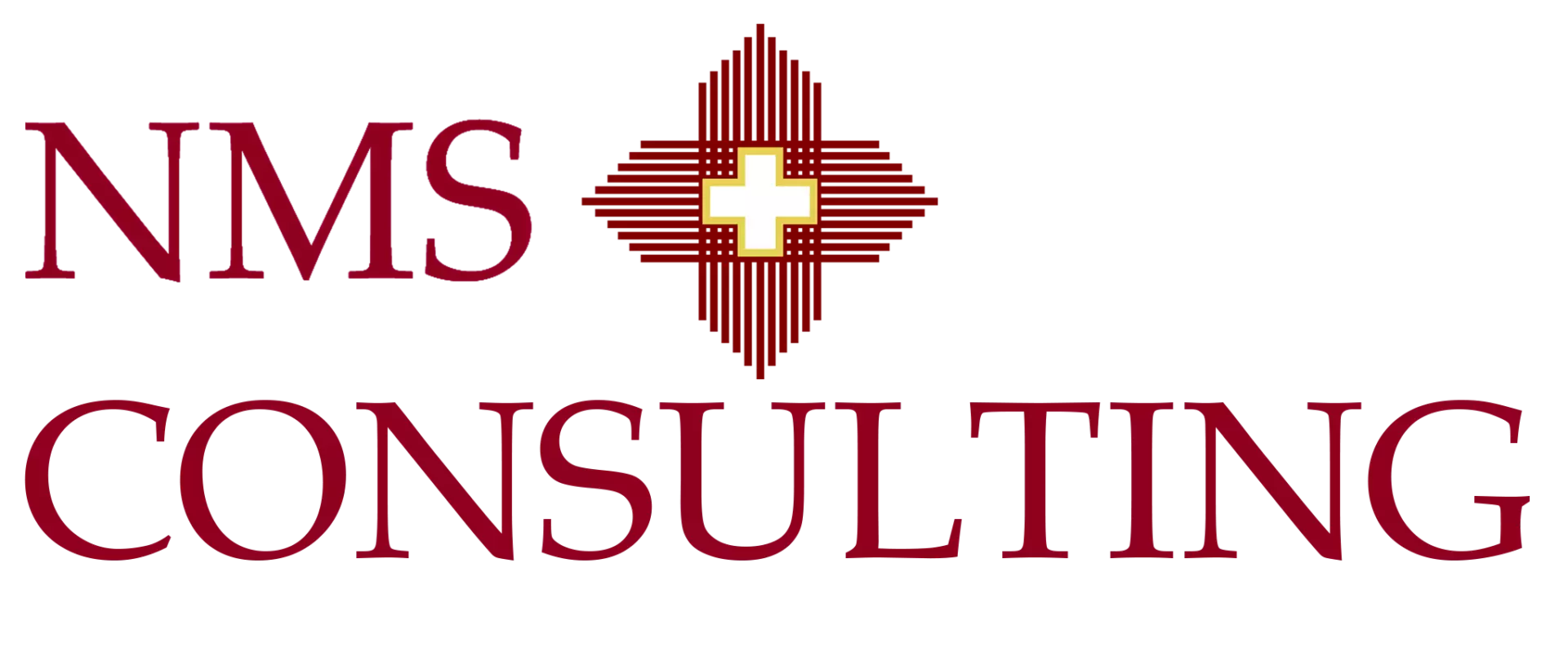Organizational Change That Sticks: Signals, Choices and Habits

Organizations change on paper faster than they change in practice. Structures, charts and plans are updated, yet people still follow the same paths to get work done. This article looks at organizational change as a leadership task and explains how to move from announcements to new habits, using consulting support where it adds real value.
Three points to keep in view
- Organizational change is about how decisions, information and work flow, not just about reporting lines.
- Signals of trouble tend to appear early in meetings, delay patterns and informal workarounds, long before formal metrics show risk.
- Successful shifts are built from a small number of clear choices that leaders reinforce repeatedly through routines and systems.
Organizational change as a leadership test
Strategy often receives more attention than structure and behavior. Leadership teams invest time in setting direction and targets, then hand delivery to project groups. When results fall short, the root cause is frequently organizational. Decision rights are unclear, incentives pull in different directions and long standing habits win over new guidance.
Organizational change work asks three questions that only leaders can answer:
- Which results truly matter in the next one to three years.
- What needs to change in roles, teams and routines for those results to be realistic.
- How will leaders show, through their own time and choices, that the change is not optional.
NMS Consulting addresses these topics across articles such as
strategies for managing organizational change
and
utilizing change management for business success.
This article looks specifically at the organizational side rather than at individual project delivery.
Planning an organizational shift and want to test whether your current plan will change how work is actually done?
Early signals that organizational change is stalling
Metrics often lag reality. By the time performance data shows a problem, people have already adjusted informally. Leaders can spot trouble sooner by paying attention to everyday signals.
- Meeting patterns: the same topics reappear without decisions, or decisions are revisited several times because owners and accountabilities are unclear.
- Workarounds: teams quietly rebuild old processes on spreadsheets or side tools because new structures feel slow or confusing.
- Message drift: different parts of the organization describe the change in conflicting ways when talking to customers, partners or new hires.
- Role confusion: managers and staff ask repeated questions about who approves what, who speaks to which customer and who prioritizes work.
- Talent moves: key people leave or move to less visible roles because they feel the new structure limits their ability to contribute.
These signals do not always mean a change is failing, but they are a prompt for a closer look. External advisors can help by running short diagnostics and structured interviews that separate noise from real risk. NMS teams often combine this with
change management consulting services
so that findings translate into practical adjustments.
Four design pillars for organizational change
Every organization is different, yet successful change programs tend to pay attention to the same design elements. The table below summarizes a pattern that NMS often uses in complex shifts.
| Pillar | Guiding question | Example outputs |
|---|---|---|
| Direction | What are we trying to achieve and what will be different when we get there | One page change story, success measures, list of non negotiable outcomes |
| Structure and roles | How should teams, reporting lines and decision rights be arranged | Org charts, decision maps, role descriptions, spans and layers view |
| Routines and tools | Which meetings, processes and systems support the new way of working | Updated meeting calendar, process maps, system changes, performance dashboards |
| Signals and reinforcement | How will leaders encourage and reward the new behavior | Adjusted goals, incentives and recognition, manager talking points, coaching plan |
Organizational change consulting projects at NMS are often structured around these four pillars. For example, a client may already have clarity on direction but need help with routines and reinforcement. Another may require a full review of roles, decision rights and supporting processes after a merger.
In many cases this work intersects with other areas such as
strategic management consulting services
and
technology and digital transformation,
especially when new systems or locations are part of the change.
A ninety day organizational change reset
Some organizations are already in the middle of a change when they realize momentum is fading. In these cases, a focused reset can help recover clarity and trust without starting again from the beginning.
The outline below shows a ninety day pattern that NMS often uses when stepping into an ongoing organizational change.
| Period | Primary aim | Key activities |
|---|---|---|
| Days 1 to 30 | See reality clearly | Short survey, leadership and manager interviews, review of decisions and milestones, assessment of signals listed earlier |
| Days 31 to 60 | Sharpen choices | Confirm or adjust direction, refine structure, clarify decision rights, select a limited set of visible changes for the next quarter |
| Days 61 to 90 | Make progress visible | Execute the selected changes, update routines, communicate specific wins, publish a simple scorecard and next steps |
This reset does not solve every issue, but it gives employees a clear message that leadership understands where the change really stands and is adjusting rather than repeating earlier messages. It also creates a better base for longer term work, including initiatives described in other NMS material on
change management trends.
Would a focused ninety day reset help your organization regain momentum on a stalled change program?
Frequently asked questions
What is organizational change?
Organizational change is the shift in structure, roles, processes and behavior that follows strategic or operational decisions. It covers how people are organized, how they work together and how decisions are made and acted upon across the company.
When should leaders treat a shift as an organizational change, not just a project?
Leaders should treat a shift as organizational change when it affects incentives, reporting lines, decision rights or daily routines for many people. Examples include operating model redesign, mergers, new business lines, shared service moves and major digital programs.
How can consulting support organizational change that lasts?
Consultants support organizational change by helping leadership teams clarify the story, define new roles and decision paths, map impacts by group, and design practical routines and metrics. They also work on sponsorship, manager enablement and reinforcement so that change continues after the project ends.



